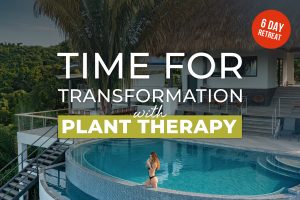The Blue Zones are regions around the world where people have longer lifespans and lower rates of chronic diseases, making them fascinating areas of study for researchers and health enthusiasts. These zones include Okinawa, Japan; Sardinia, Italy; Nicoya, Costa Rica; Ikaria, Greece; and the Seventh-day Adventist community in Loma Linda, California. These regions offer valuable insights into the factors that contribute to longevity and well-being.
One common thread among these Blue Zones is a plant-based diet rich in fruits, vegetables, and whole grains. Inhabitants tend to consume fewer processed foods and meats, which has been associated with lower rates of heart disease, diabetes, and certain cancers. Social connections also play a significant role. Strong community ties and regular interactions with family and friends provide emotional support and reduce stress.
Physical activity is integrated naturally into the daily lives of people in these regions. They engage in regular, low-intensity exercise through activities like walking, gardening, and manual labor, contributing to their overall health. Additionally, a sense of purpose and a positive outlook on life are common traits in these communities. Having a reason to get up in the morning and maintaining a hopeful mindset can improve mental health and quality of life.
Life plans
Another interesting factor is the concept of “ikigai” in Okinawa and “plan de vida” in Nicoya, which refer to having a strong sense of purpose. These philosophies help guide individuals toward a fulfilling life, often involving family, community, and personal passions. They contribute to a sense of belonging and contentment, enhancing overall well-being.
Cultural norms and traditions also influence lifestyle choices in Blue Zones. Meals are often shared with family and friends, fostering a sense of unity and connection. Portion control and mindful eating are practiced, which helps prevent overeating and promotes better digestion.
Access to nature and clean air, particularly in rural Blue Zones, supports better respiratory health and stress reduction. These regions often have environments that encourage physical activity, like walkable streets and outdoor spaces, contributing to healthier lifestyles.
Invaluable insights
In conclusion, the Blue Zones offer invaluable insights into promoting longevity and well-being. The combination of a plant-based diet, strong social connections, regular physical activity, a sense of purpose, and cultural practices forms the foundation for healthy living in these regions. While not every aspect of Blue Zone living may be applicable to all individuals, adopting some of these principles can undoubtedly contribute to healthier and more fulfilling lives. As the world seeks to improve overall health and quality of life, studying and incorporating the lessons from the Blue Zones can provide valuable guidance for individuals, communities, and societies at large.

